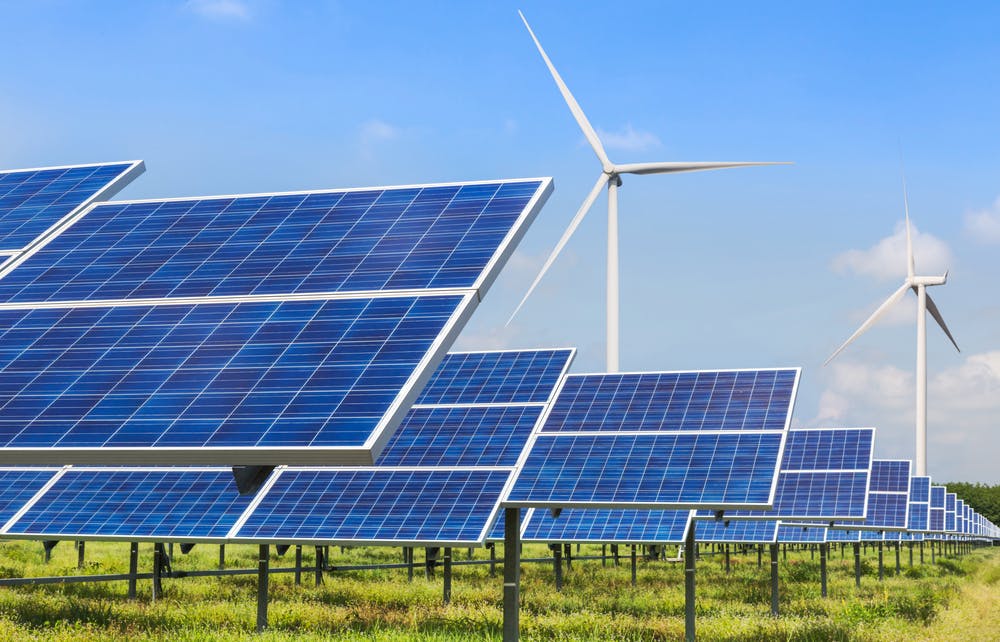CRU publishes a new energy demand strategy
The Commission for Regulation of Utilities (CRU)'s new Energy Demand Strategy will Support Transformational Change of Electricity System and reduce emissions under the Climate Action Plan.

The Commission for Regulation of Utilities (CRU) has published a new strategy to reduce the carbon intensity of energy demand in Ireland.
For Ireland to meet its carbon emissions targets for the energy sector, as set out in the Government Climate Action Plan 2023, it will be necessary for electricity demand to become more flexible. This demand flexibility will allow energy customers to optimise their use of renewable generation and reduce demand during times of high-carbon intensity generation on the electricity grid.
The objective of the strategy is to support electricity customers to move their consumption to times that will reduce carbon emissions, even as the expected energy demand increases in Ireland over the next number of years. This will provide a better pathway to reducing greenhouse gas emissions in line with the legally binding carbon sectoral emission limits.
The new strategy will address how customer groups can be facilitated to bring greater flexibility to their electricity consumption, leading to decarbonisation, enhanced security of supply, and lower system costs. This strategy will also consider options for new large demand connections, to invest in more flexible solutions and for customers to move their consumption away from times of high carbon intensive generation.
The first phase of the strategy will consist of three key areas, as follows
- Smart Meters and Services: Targeted at putting in place measures that will encourage greater flexibility among domestic customers and smaller business customers. The first step in this is to incentivise the further uptake of smart time of use tariffs.
- Demand Flexibility and Response - putting in place schemes to incentivise the provision of demand response at certain times, or system conditions. This is led by ESB Networks National Network Local Connections Programme, which is targeting scenarios to provide for 15-20% Flexible System Demand.
- New Demand Connections - targeted initially at very large energy users (LEUs) seeking to connect to the electricity or gas network. This will include a review to provide a pathway for new LEU connections to the electricity and gas systems, which minimises the impact on national carbon emissions. This may be through the provision of connections which are low to zero carbon emissions, or bring significant flexibility by a LEU when they connect to the electricity or gas network. This area will seek to dramatically lower the carbon intensity of our future economic growth, working with industry to align their own decarbonisation targets and strategies with the national frameworks within which they operate.
Commenting on the Energy Demand Strategy, Commissioner Aoife MacEvilly said: “As we transform our electricity system to a high renewables, low carbon system, we also need to develop more flexible demand. Customers can benefit from using electricity at times of high renewables, while also helping us achieve our carbon targets. The past winter has shown good progress in terms of reducing demand at peak times and a new Energy Demand Strategy is the next foundation piece to this transition. This will provide a clear pathway for increasing the flexibility of all customer groups to moving their demand from times of high demand and carbon intensive generation to times of lower demand and higher renewables sources of generation.”
The Energy Demand Strategy, Call for Evidence, Smart Meter Tariff Consultation and ESB Networks proposals can be found here.